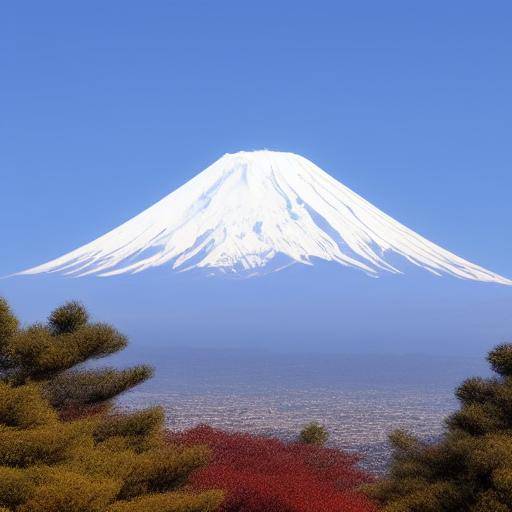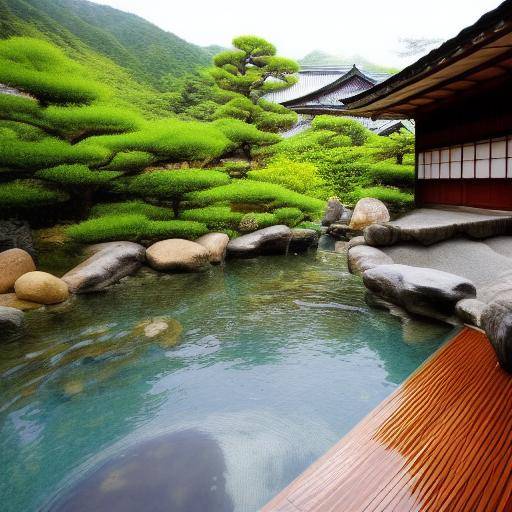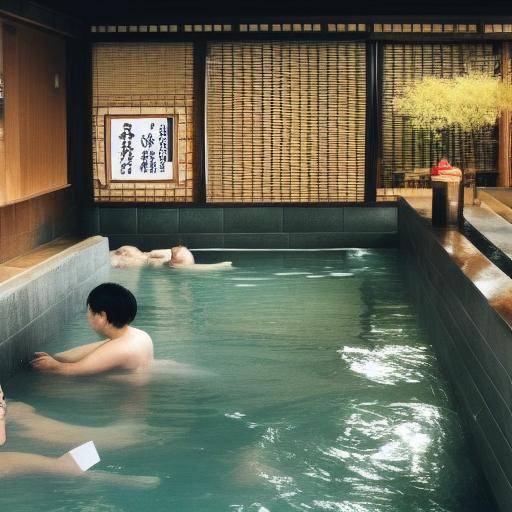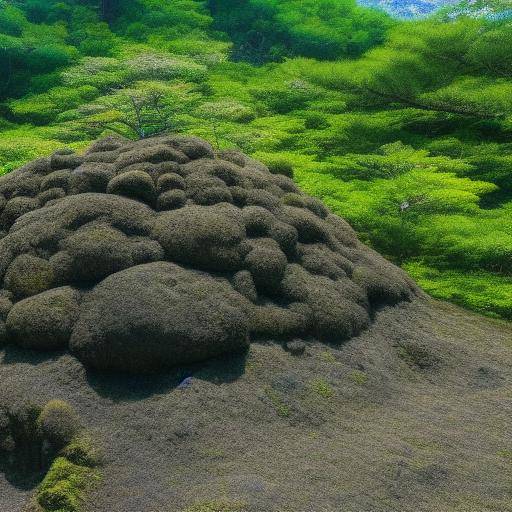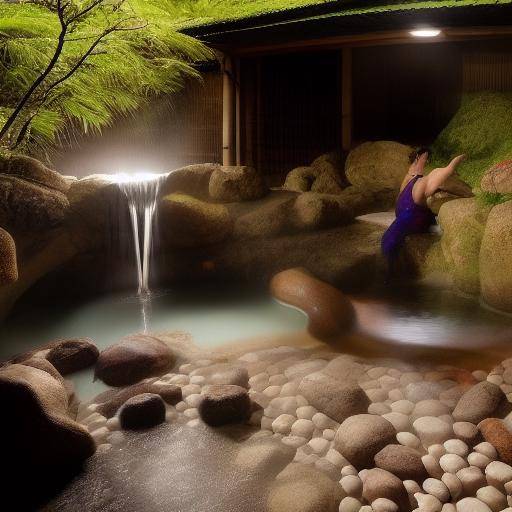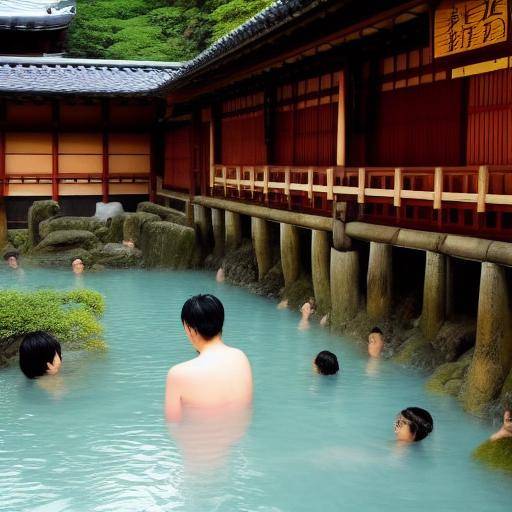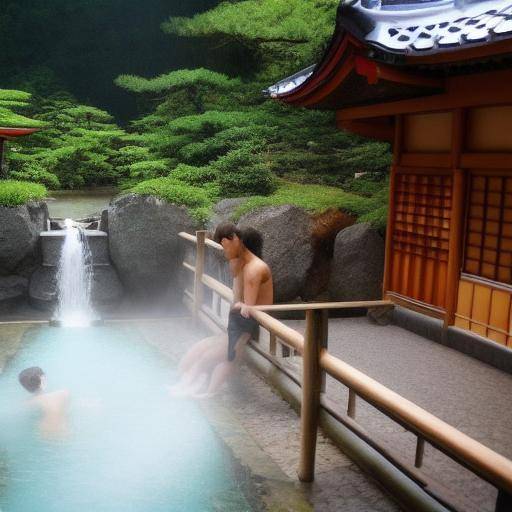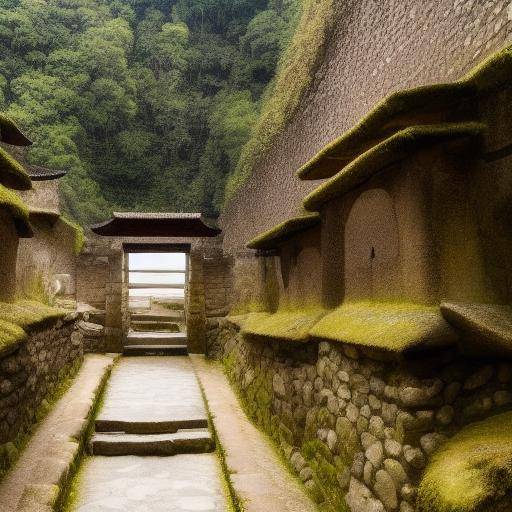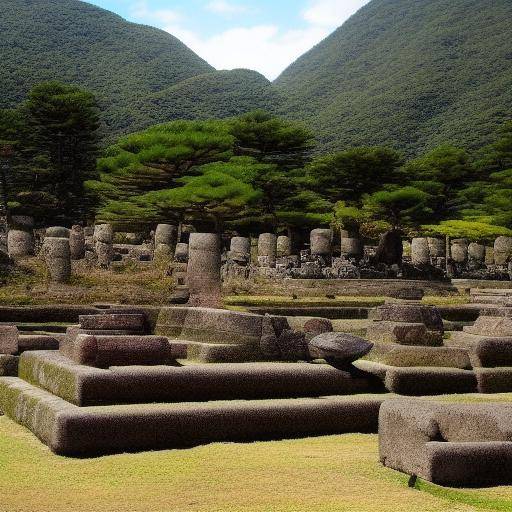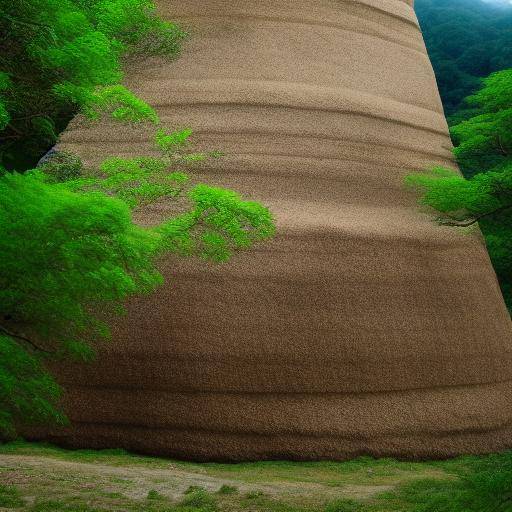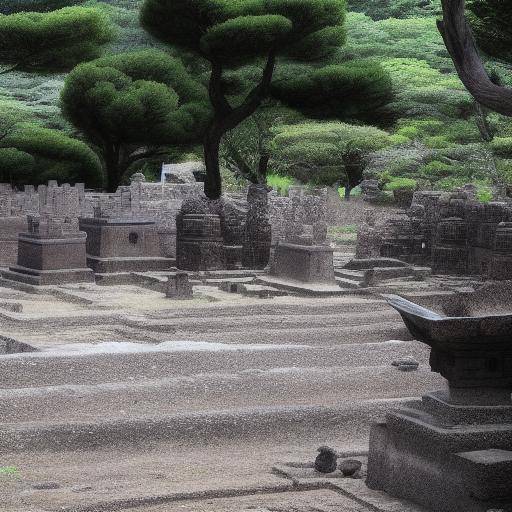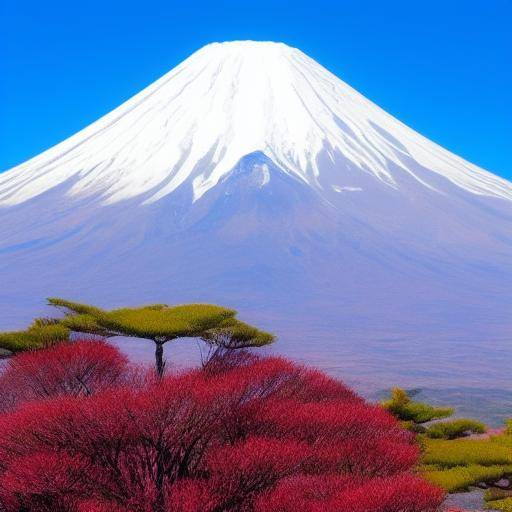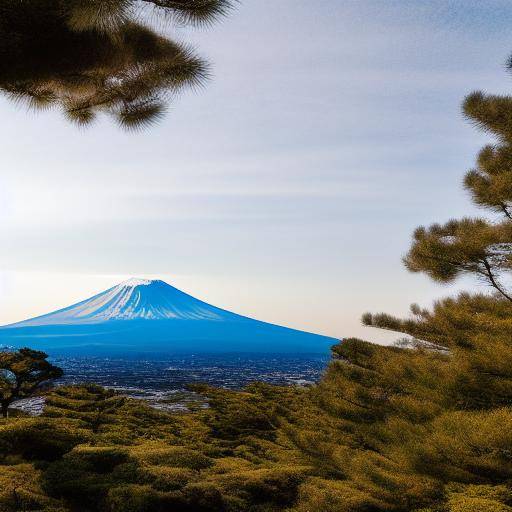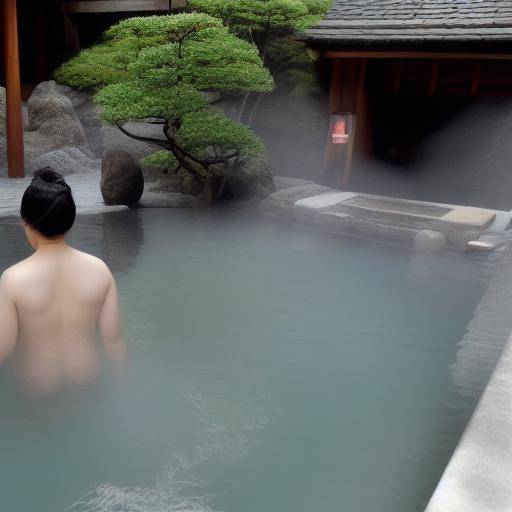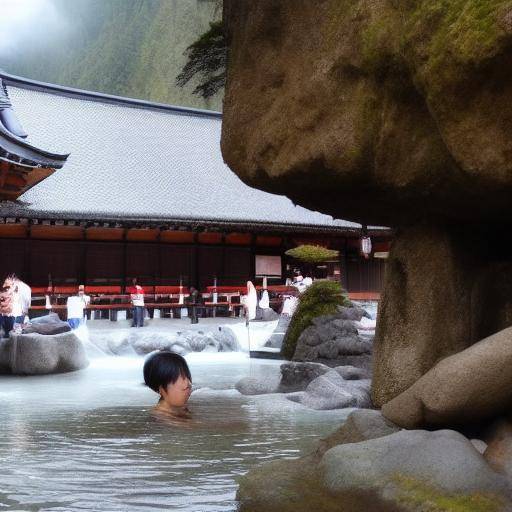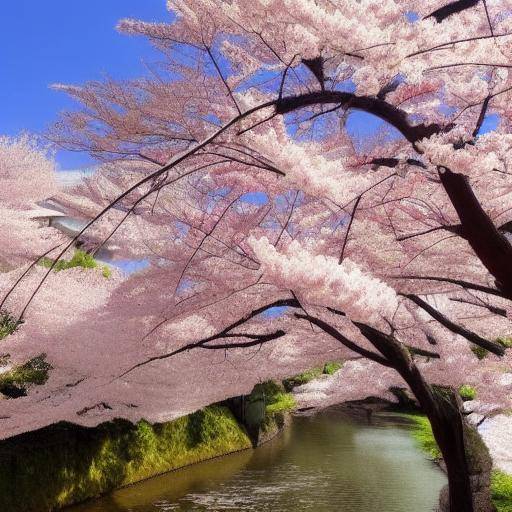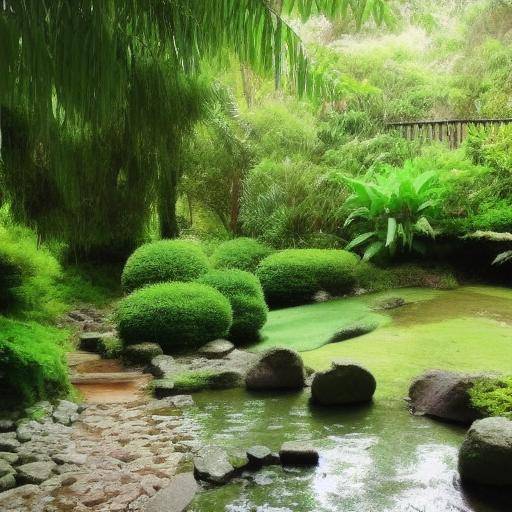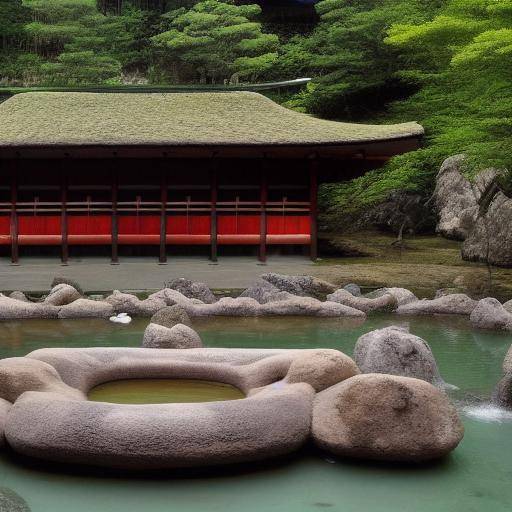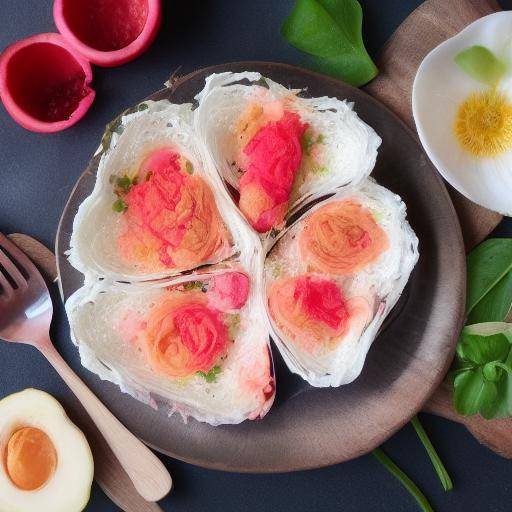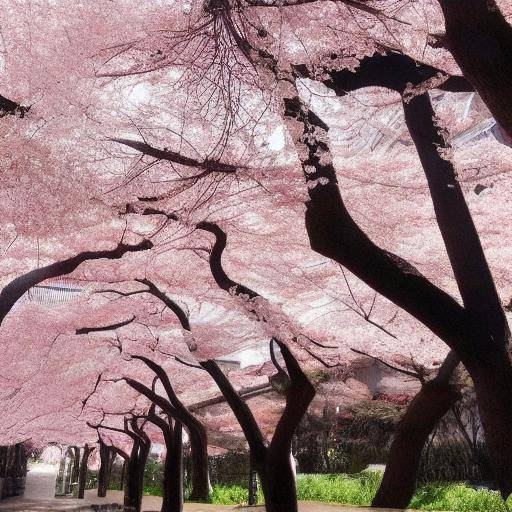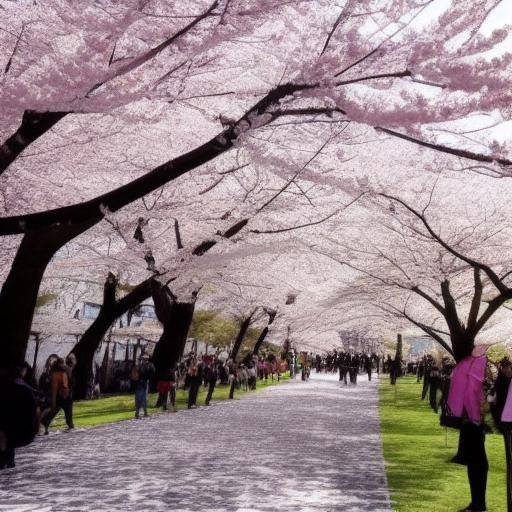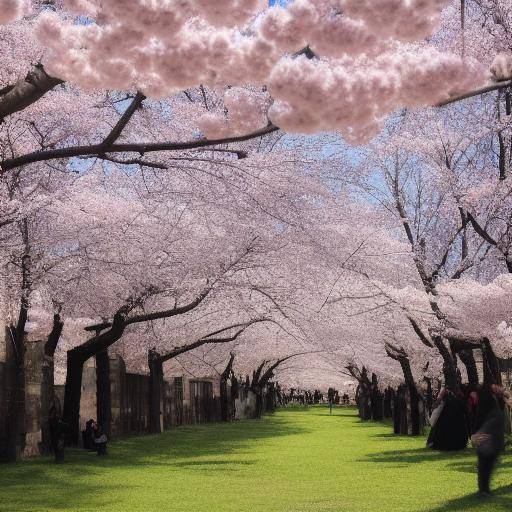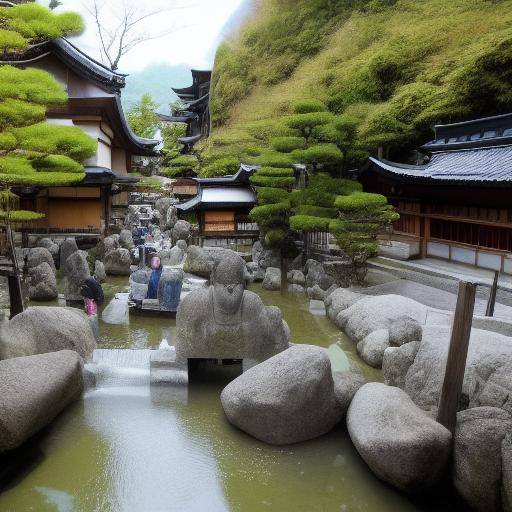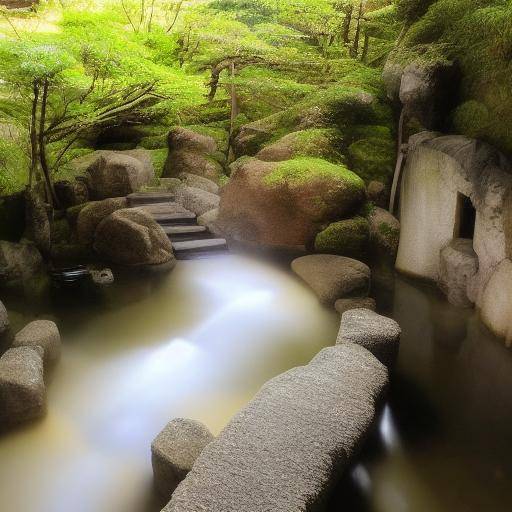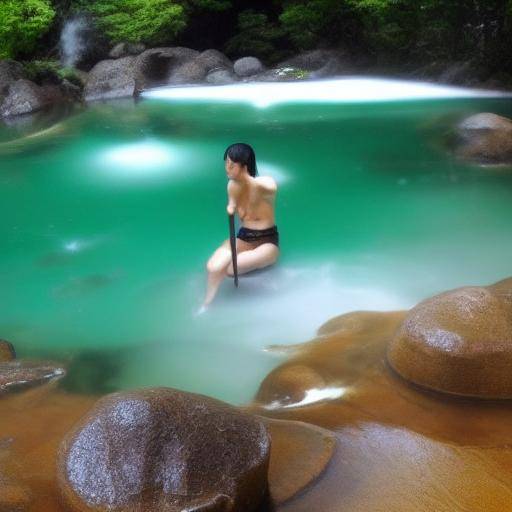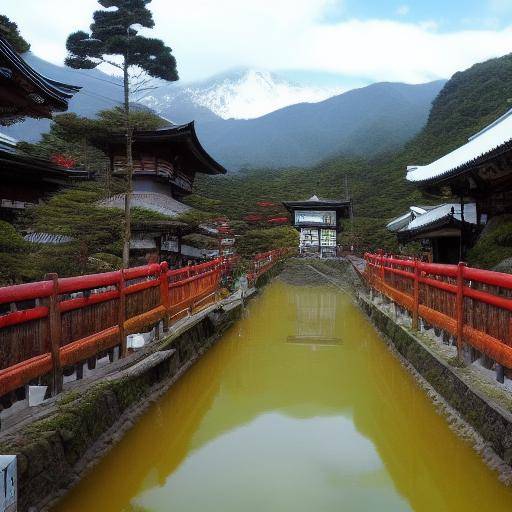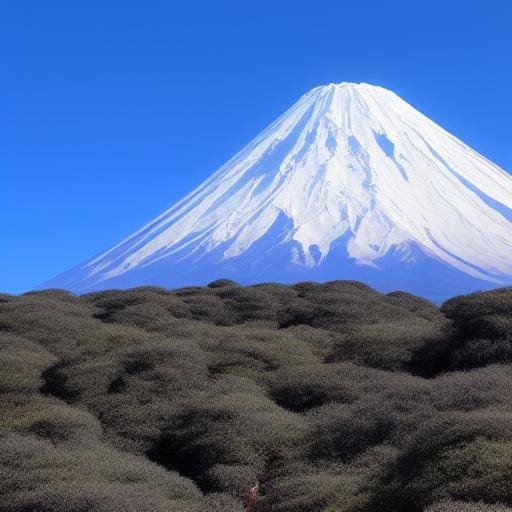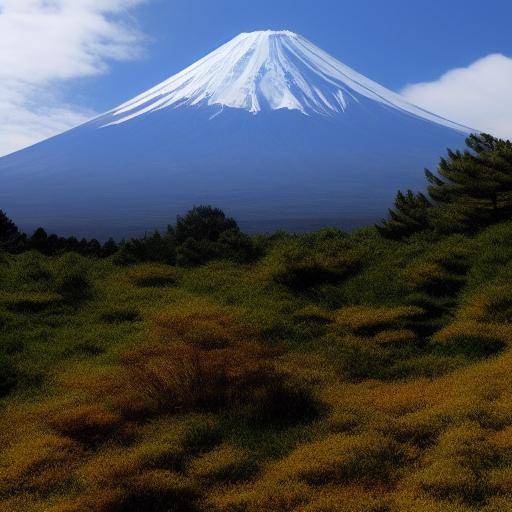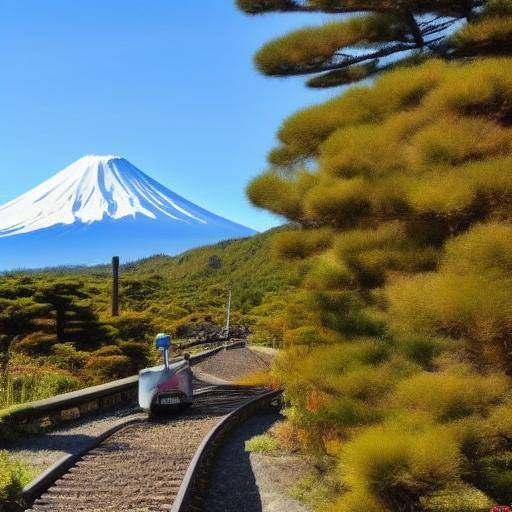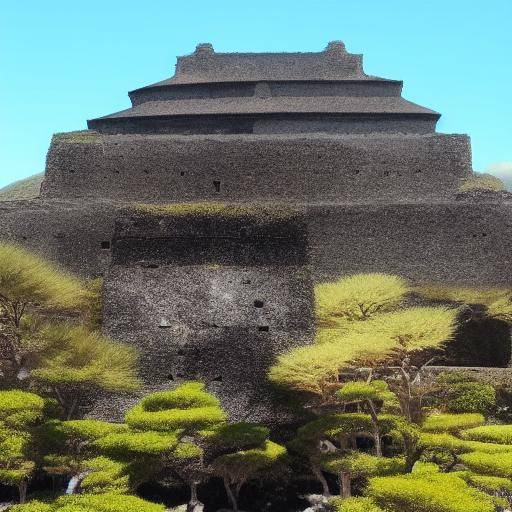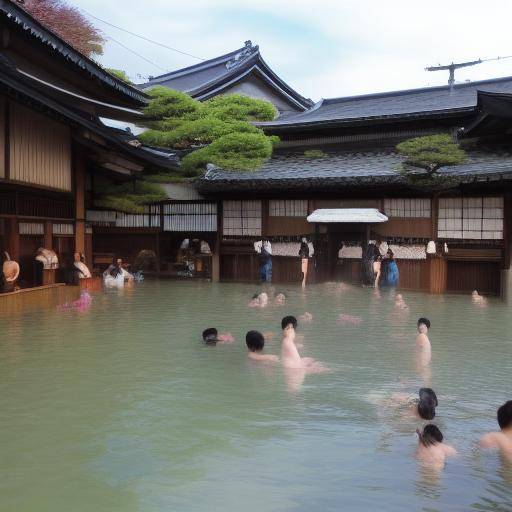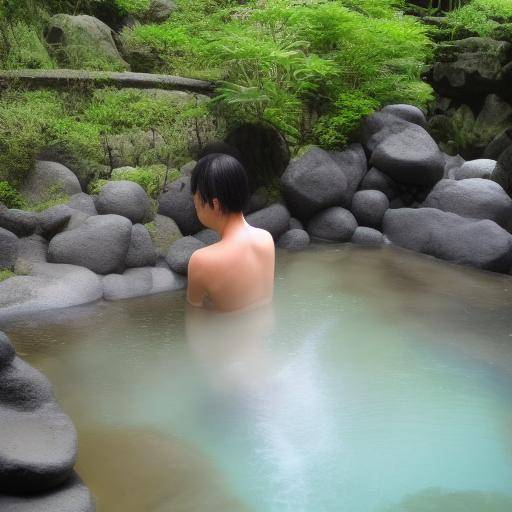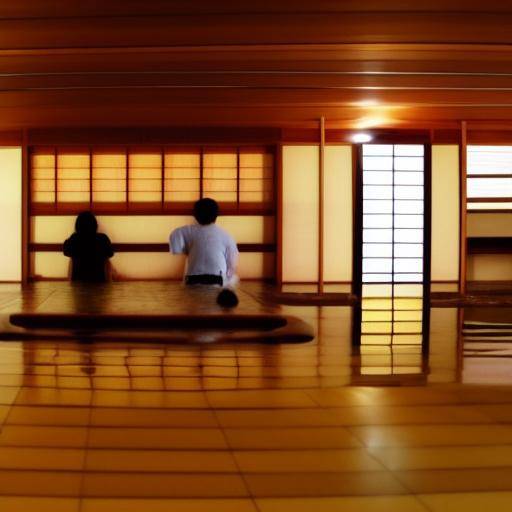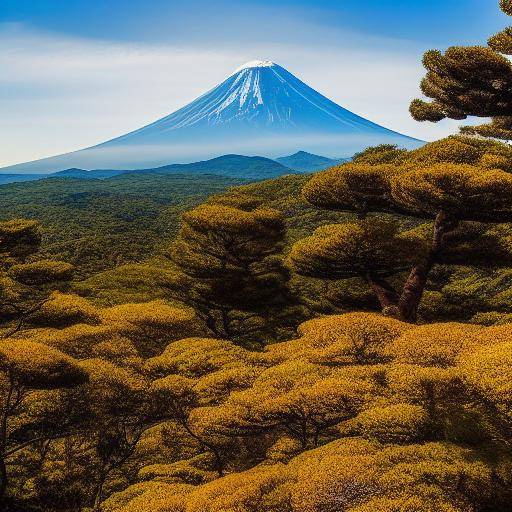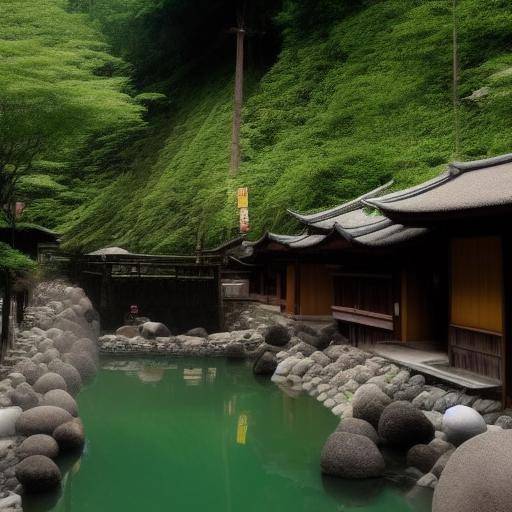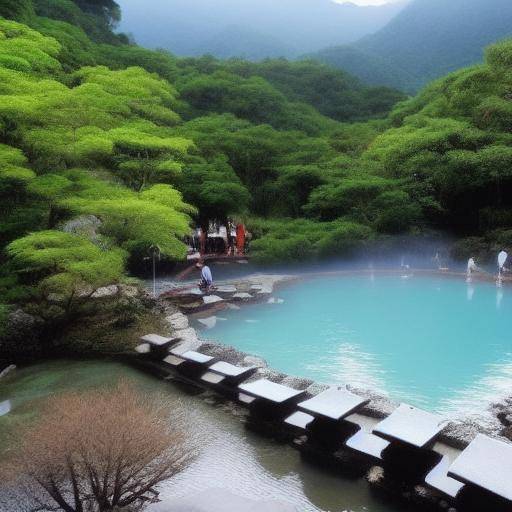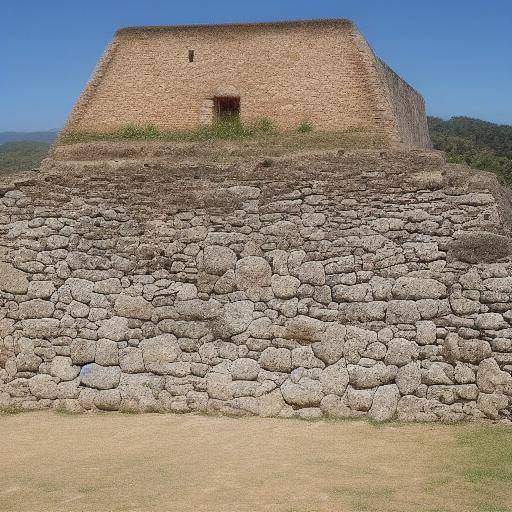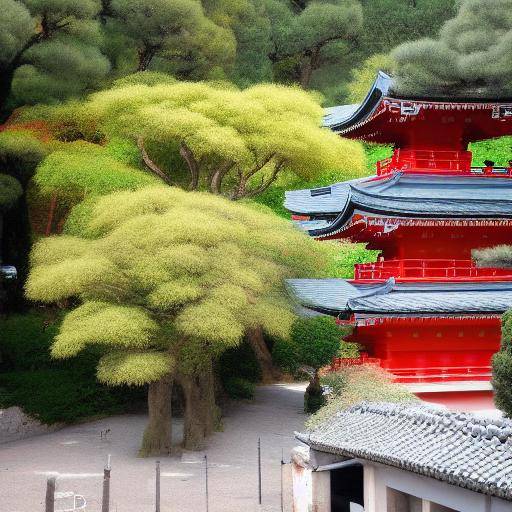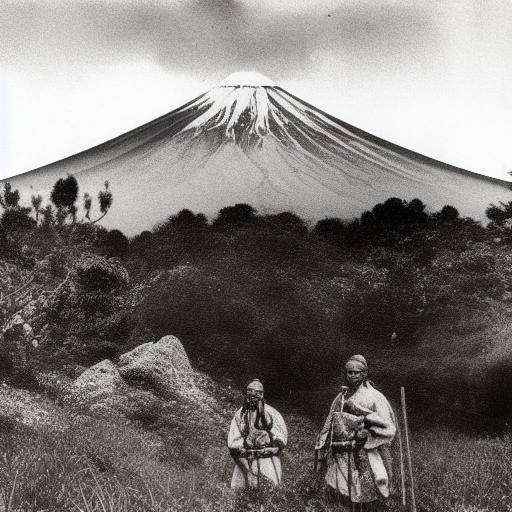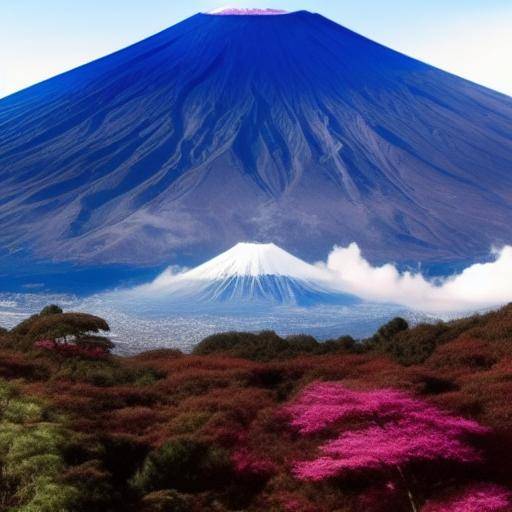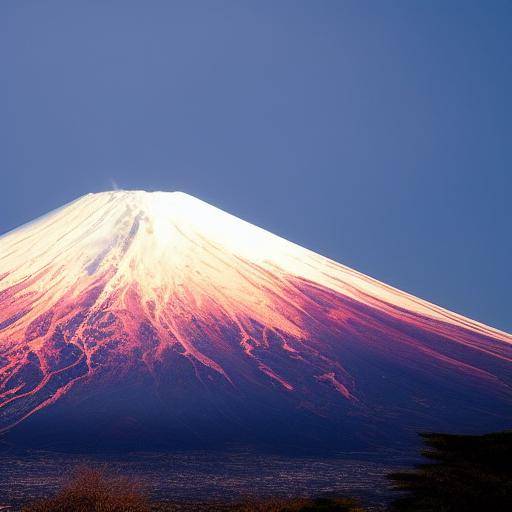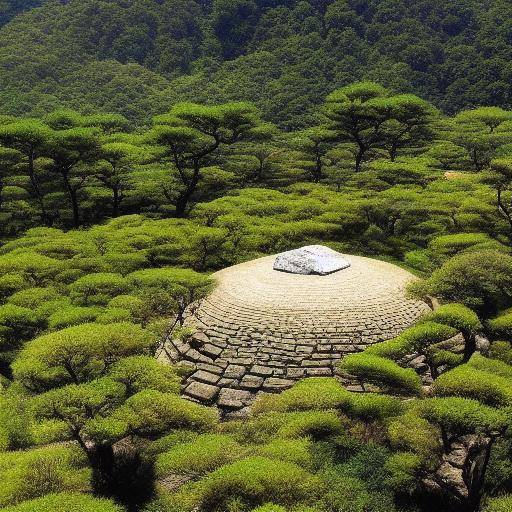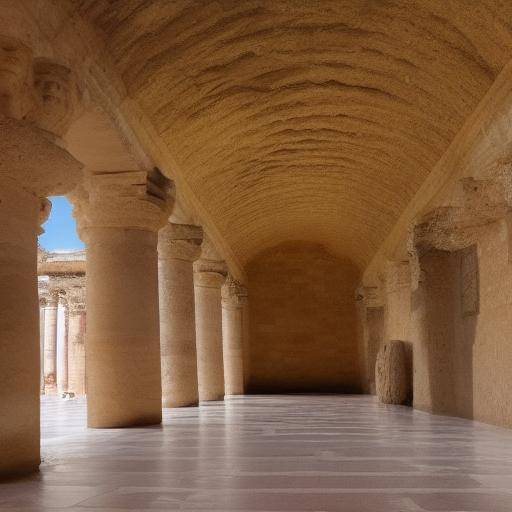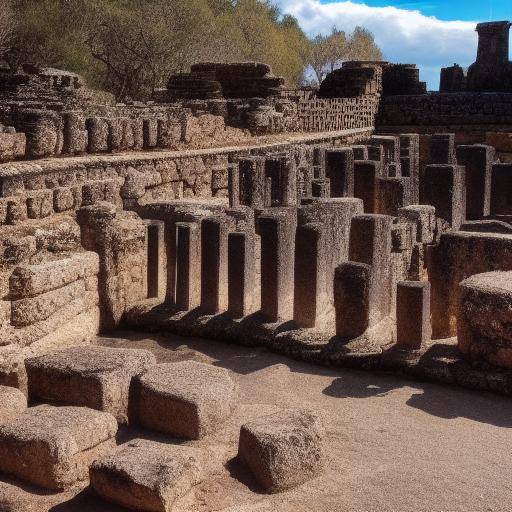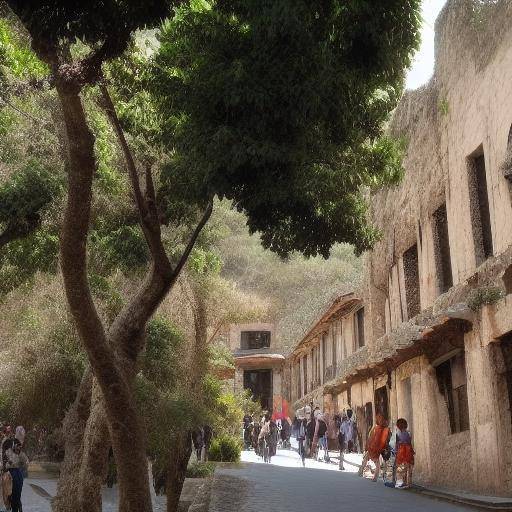
Kyoto, the former capital of Japan, is transformed in spring into a burst of life and color with the arrival of the flowering of the cherry trees. This journey between cherry and culture offers a unique experience that combines the natural beauty of the flowered cherry trees with the rich cultural heritage of Japan. From history and ancient temples to artistic traditions and exquisite gastronomy, Kyoto becomes an indispensable destination during the sakura season. In this article, you will immerse yourself in the fascinating history, the ephemeral beauty of the flowered cherry trees and the rich culture of Kyoto, Japan.
Introduction
Spring in Kyoto is a magical moment that attracts visitors from all over the world to witness the show of the cherry blossoms, known as "sakura" in Japanese. This natural phenomenon has been celebrated and venerated in Japanese culture for centuries, symbolizing the ephemeral beauty of life. Throughout this article, you will discover the deep connection between the blooming of the cherry trees, the city of Kyoto and the Japanese culture, as well as practical advice to enjoy this experience.
History and Background
Kyoto, known as "the city of ten thousand sanctuaries", was the capital of Japan for more than a thousand years, from 794 to 1868. During this long period, the city became the epicenter of Japanese culture, art and religion. Its historical legacy endures through its magnificent temples, traditional gardens and preserved districts that evoke the essence of the imperial era.
The worship of the cherry trees in bloom, especially in spring, dates back to ancient times in Japan. Special events were organized, known as "hanami", in which people gathered under the blossoms to celebrate the beauty of nature. This veneration of cherry trees was rooted in Japanese culture, influencing literature, art and popular traditions.
Analysis in Deep
The flowering of the cherry trees attracts millions of tourists every year, which has a significant impact on the local and national economy. On the other hand, this natural phenomenon also poses challenges in terms of sustainable tourism management and environmental conservation. We will explore the benefits and challenges associated with sakura tourism in Kyoto, along with current trends and preservation strategies.
Exhaustive examination
In addition to the natural beauty of the cherry blossoms, Kyoto is recognized for its artistic traditions, such as the tea ceremony, calligraphy and the ikebana ceremony, or floral arrangement. It is also famous for its traditional craftsmanship, including ceramics, silk and Japanese lighting, among other artistic manifestations. We will explore in detail these cultural practices, their contemporary applications and their connection to everyday life in Kyoto.
Comparative analysis
By comparing Kyoto to other regions of Japan, we can appreciate the different facets of Japanese culture and variability in the flowering of the cherry trees. It is interesting to discover how the influence of the flowering cherry trees extends beyond Kyoto and how each region brings its unique touch to this spring celebration.
Practical Tips and Accessible Tips
If you are planning a visit to Kyoto during the sakura season, we will provide a detailed guide with practical advice, from the selection of the best places to observe the blooming of the cherry trees to recommendations on accommodation, transport and local gastronomy. We will also share how to participate in the festivities of the hanami in the Japanese way.
Industry Perspectives and Expert Reviews
We will talk to local and professional experts from the tourism industry in Kyoto and explore their views on tourism management during the sakura season. Through its perspectives, we will gain a deeper understanding of the challenges and opportunities facing the city, as well as strategies to preserve its cultural heritage while fostering sustainable tourism.
Case Studies and Applications in Real Life
We will immerse ourselves in concrete examples of how the influence of the flowering of the cherry trees is integrated into the daily lives of the residents of Kyoto. From commercial practices to contemporary artistic expressions, we will analyze how the imprint of the flowered cherry trees is manifested throughout the year, beyond the ephemeral spring season.
Future Trends and Predictions
Finally, we will explore emerging trends related to Kyoto, flower cherry and Japanese culture in general. With the expert guide and the review of current data, we will prepare predictions on future developments, opportunities and challenges that could influence the experience of Kioto's visitors during the sakura season and beyond.
Conclusion
In short, spring in Kyoto represents a special moment in which nature and culture converge to offer an unforgettable experience. From its ancient temples to the promenades under the blossoms, the city of Kyoto awakens the senses and the spirit, offering something truly unique and enriching for those who visit it.
FAQs
Q: When is the best time to see the blooming of the cherry trees in Kyoto?
A: The blooming of the cherry trees in Kyoto usually occurs at the end of March or early April, although the exact dates vary every year. It is advisable to check the sakura prognosis before planning your trip.
Q: What are the most recommended places to enjoy the blooming of the cherry trees in Kyoto?
A: Some of the most popular places to observe flower cherry trees in Kyoto include the Maruyama Park, the Bamboo Forest of Arashiyama and the Path of the Philosopher.
Q: What traditional activities related to the sakura season can be experienced in Kyoto?
A: During the sakura season, you can participate in hanami events, enjoy boat rides under the blossoms and try the season's special culinary delights.
Q: How can I avoid agglomerations during the sakura season in Kyoto?
A: Plan your visits to popular sites early in the morning or during the week to avoid crowds. In addition, consider exploring less well-known places to enjoy the beauty of the cherry trees in a quieter setting.
Q: Can other festivals or cultural events be enjoyed during the sakura season in Kyoto?
A: Yes, during the sakura season, various cultural festivals and events are held in Kyoto, such as traditional art exhibitions, dance shows and special ceremonies in temples and shrines.
Q: Where can I get more information about the holidays of the sakura season in Kyoto?
A: For detailed information on events and holidays related to the sakura season in Kyoto, see the official Kioto tourism websites and special spring events.
With the spring in Kyoto and the flowering of the cherry trees comes a moment that invites the celebration, contemplation and connection with the Japanese nature and culture. This unique experience offers a deep insight into the links between history, tradition and ephemeral beauty that characterizes Kyoto during this season.

